How Fitness Industry Makes Money off Selling You Half-Truths
Share
The Problem with Half-Truths: Why You Should Know the Full Story
In a world where information flows constantly—from the media, social platforms, or even casual conversations—it’s easy to take things at face value. Half-truths, statements that seem accurate but omit critical details, are especially pervasive. They can mislead, create misconceptions, and in some cases, cause harm.
This is particularly true in health, fitness, and nutrition, where misinformation can derail progress or lead to poor decisions about your body and lifestyle. Let’s explore why understanding the full story is so important, how half-truths manifest in fitness and nutrition, and what you can do to protect yourself.
The Danger of Half-Truths
A half-truth is like a house missing its foundation—it might look solid from the outside, but the structure is incomplete and unreliable. These partial pieces of information often leave out context, nuance, or key details that are essential for understanding.
Why are half-truths so appealing?
- They’re easy to digest: Simple statements grab attention in a world of short attention spans.
- They confirm biases: People tend to believe what aligns with their existing beliefs.
- They simplify complexity: Health and fitness are intricate topics, but half-truths boil them down into seemingly actionable advice.
Unfortunately, these oversimplifications can lead to poor choices, especially in areas as personal as nutrition and exercise.
Half-Truths in Fitness and Nutrition
Here are some common examples of half-truths in the health and fitness world:
“Carbs Make You Fat”
This claim oversimplifies the role of carbohydrates in the body. While it’s true that eating in a caloric surplus can lead to weight gain, carbohydrates alone aren’t to blame. They are an essential macronutrient that provides energy for workouts and daily activities.
The Full Story: Weight gain happens when you consume more calories than you burn, regardless of whether those calories come from carbs, fats, or proteins. Instead of cutting out carbs, focus on portion control and choosing complex carbohydrates like whole grains, fruits, and vegetables.
2. “If You’re Not Sore, You Didn’t Work Hard Enough”
This myth equates muscle soreness with workout effectiveness. While soreness can indicate that your muscles are adapting to new stress, it’s not the only—or even the best—measure of a good workout.
The Full Story: Progress in fitness is better tracked through strength gains, improved endurance, or achieving specific goals like running faster or lifting heavier weights. Soreness is just one potential side effect, not a definitive marker of success.
3. “All Processed Foods Are Bad”
The idea that processed foods are harmful often leaves out important context. While ultra-processed foods with high sugar, fat, and sodium levels aren’t ideal, not all processed foods are unhealthy.
The Full Story: Many minimally processed foods—like tofu, plant-based protein powders, and fortified plant milks—can be valuable components of a healthy diet. The key is understanding the difference and making informed choices based on nutritional content, not fear.
4. “Vegan Diets Are Automatically Healthy”
Switching to a vegan diet can have significant health and environmental benefits, but it’s not a guarantee of good health. Many vegan-friendly snacks and substitutes are just as processed and calorie-dense as their non-vegan counterparts.
The Full Story: A vegan diet, like any other, needs to be balanced and thoughtfully planned. Focus on whole, nutrient-dense foods while being mindful of macronutrients, vitamins, and minerals.
Become a Pro in Spotting a Half-Truth
To protect yourself from misleading information, learn to critically evaluate what you hear or read. Here are some strategies:
- **Ask “Why” and “How” Questions:** Does the claim explain why or how something works? If not, it’s probably oversimplified.
- **Check the Source:** Is the information coming from a reputable, evidence-based source, or is it anecdotal?
- **Look for Context:** Does the claim account for individual differences, such as lifestyle, health conditions, or goals?
- **Be Skeptical of Absolutes:** Words like “always,” “never,” or “must” often signal a lack of nuance.
Knowledge Is Power
At the core of making informed decisions is understanding the full story. That’s what we do at [veganpowerlifter.com](http://veganpowerlifter.com)—provide evidence-based insights and tools for fitness and nutrition that empower you to reach your goals.
Our workout programs and nutrition plans are designed to cut through the noise and give you the facts. Whether you’re vegan or just curious, our goal is to help you build strength, health, and confidence without falling for half-truths.
Practical Tips for a Fact-First Approach
- Stay Curious: Always be willing to learn and question.
- Seek Reliable Sources: Turn to scientific research or professionals in the field.
- Tailor Advice to You: What works for one person may not work for another.
Conclusion
Half-truths may seem harmless, but they can lead to misunderstandings and poor choices. In health, fitness, and nutrition, where decisions impact your body and lifestyle, knowing the full story is essential.
Empower yourself by digging deeper, asking questions, and relying on evidence-based information. When you’re informed, you’re in control—and that’s the ultimate goal.
Ready to separate fact from fiction? Join the team at http://veganpowerlifter.com/pages/coaching-application and let’s take your fitness journey to the next level.
